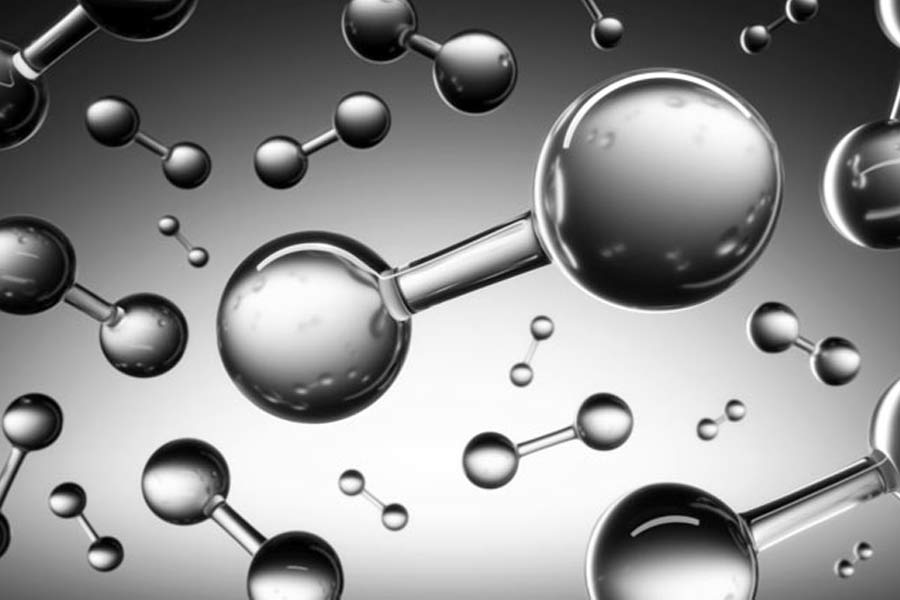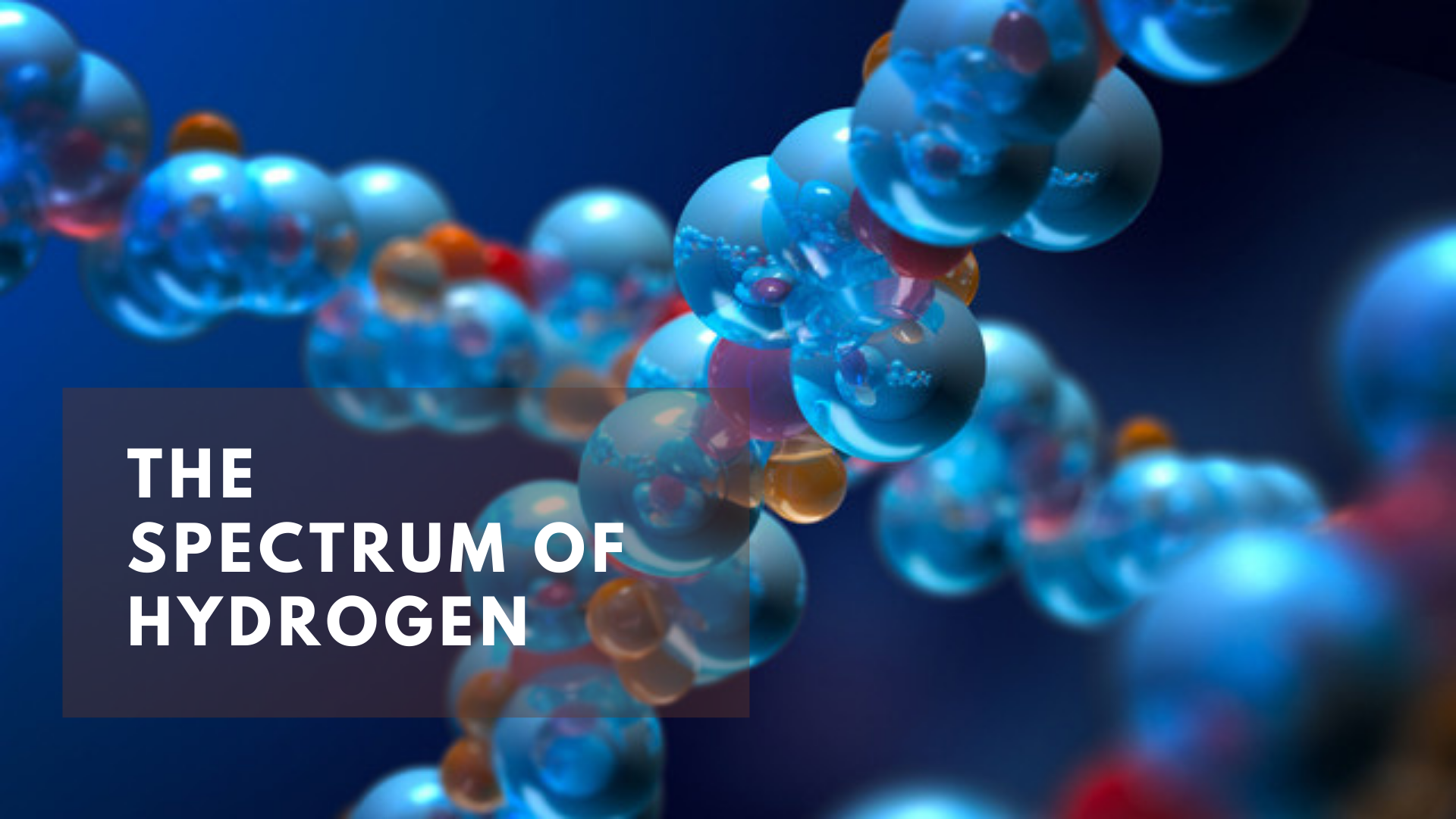Australia Unveils $50 Billion Plan to Lead Global Green Hydrogen Market
Australia looks to develop domestic green hydrogen industry and export clean hydrogen in a bid to become a global hydrogen leader, the government of one of the world’s top LNG exporters said on Friday.
The Australian government today published its new National Hydrogen Strategy, which identifies objectives and actions to take and underpin delivery of Australia’s hydrogen industry at scale.
The key to the government’s plan is funding through an estimated US$5.4 billion (AUS$8 billion) allocation made in this year’s Federal Budget.
The funding will support the green Hydrogen Production Tax Incentive program, and the expanded green Hydrogen Headstart program, the government said.
Australia plans to invest as much as US$15 billion (AUS$22.7 billion) over the next decade to become a renewable energy superpower and boost its domestic critical minerals economy, the Labor Government said in May this year.
With the new hydrogen strategy unveiled today, the government expects the incentives to unlock US$33.6 billion (AUS$50 billion) in private sector investment in the clean hydrogen industry. Under the plan, Australia’s annual domestic production capacity is expected to exceed 1 million tons of green hydrogen by 2030. It anticipates possible annual production targets of 15 million tons by 2050, supported by five-yearly milestones.
The government says that Australia is already well placed to become a world leader in green hydrogen, with the International Energy Agency (IEA) estimating more than 20% of announced hydrogen projects globally are in Australia.
“As our industry scales, it will provide further and greater benefit for communities, support broader economic growth and provide a key lever for Australia to reach net zero,” said Chris Bowen, Minister for Climate Change and Energy.
“It sends a clear signal to trading partners about the future marketplace in Australia for hydrogen and hydrogen-based fuels. We’re already seeing the benefits of this through expanded trading agreements with key partners such as Germany.”
By Tsvetana Paraskova for Oilprice.com
The Spectrum of Hydrogen

By: GenH2 Staff
Why a Colorless Gas is a Rainbow of Colors
It is becoming abundantly clear that the 2020s are expected to be a transformative decade for climate actions. These green movements, which include the profound restructuring of energy taxation in Europe, the push for a clean energy economy in the US, and increased renewable energy and energy efficiency targets across the globe, will all advance the deployment of clean hydrogen. It is also becoming abundantly clear that hydrogen will be a major part of that push for a clean energy economy. Understanding the spectrum of hydrogen colors is important to the clean energy economy and its full deployment. But what makes hydrogen clean or green in the hydrogen spectrum?
Most hydrogen gas that is already widely used as an industrial chemical is either “brown,” if it is made through the gasification of coal or lignite; or “grey,” if it is made through steam methane reformation, which typically uses natural gas as the feedstock and produces carbon dioxide (CO2) as the by-product. The goal of moving to a cleaner energy source is to change the prism colors of hydrogen production and a “greener” hydrogen process.

For a colorless gas, it may come as a surprise that hydrogen seems to be described as multiple colors in the rainbow. Currently, the majority of the hydrogen produced for industrial use – in refineries and manufacturing plants – is the “grey” hydrogen. Because grey hydrogen principally is derived from natural gas, its production also results in large volumes of CO₂ as a by-product. “Blue” hydrogen on the other hand is also made using natural gas but allows for the separation and capture of CO2, decreasing the carbon footprint of this kind of hydrogen production. Presently there is a cost of changing the prism colors of hydrogen. Blue hydrogen is at least half the cost of green hydrogen production, but the market also suggests that creating more environmentally friendly blue hydrogen would require a capital investment in capturing all that CO₂ and disposing it off in some manner – such as deep underground, or using it in some beneficial manner – such as in advanced oil recovery. Both options would make blue hydrogen cleaner than its darker shades, but still not emission-free and on the green hydrogen spectrum.
Currently green hydrogen is usually produced via electrolysis – the process of separating water into hydrogen and oxygen. Green hydrogen is currently seen as the better hydrogen choice because it is emission-free, leaving nothing but oxygen as a by-product. This eco-friendly color involves an electric current produced by renewable electricity that is used to separate water into oxygen and hydrogen, using electrolysis. Electrolysis employs an electric current to split water into hydrogen and oxygen in an electrolyzer. Green hydrogen has previously been very expensive due to high costs of supply chain logistics and electrolyzers, but the declining cost of renewable energy and other incentives are contributing to a significant growing interest in green hydrogen on the color prism.
Adding to the renewable energy choices, GenH2 is including other innovative approaches to the company’s portfolio options for green hydrogen liquefaction, as hydrogen needs are expected to increase, and projected costs are expected to decrease in the next several years. Companies like GenH2 stand out for creating advancements in complete liquid hydrogen infrastructure solutions in hydrogen liquefaction, controlled storage of liquefied hydrogen and distribution.
No comments:
Post a Comment